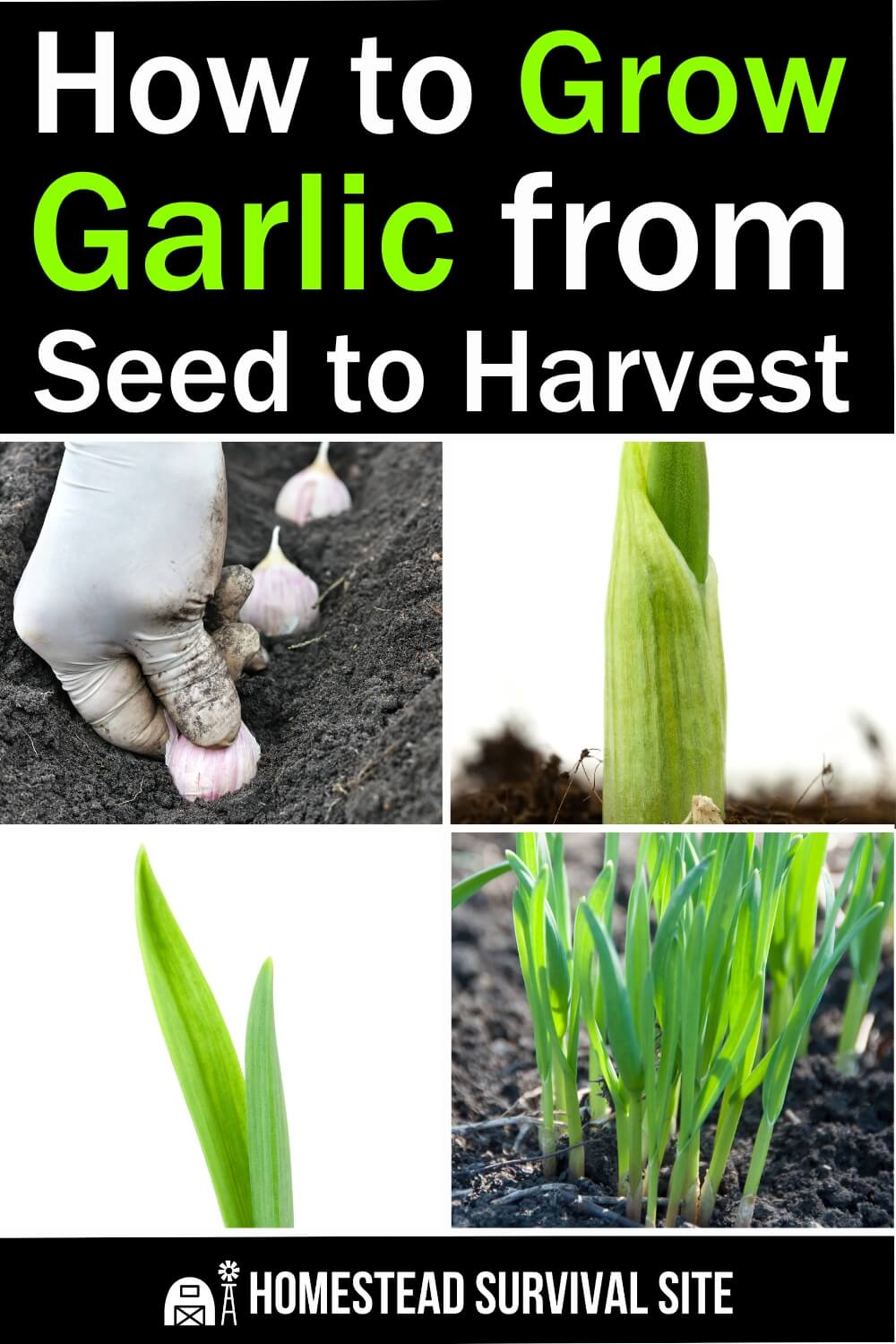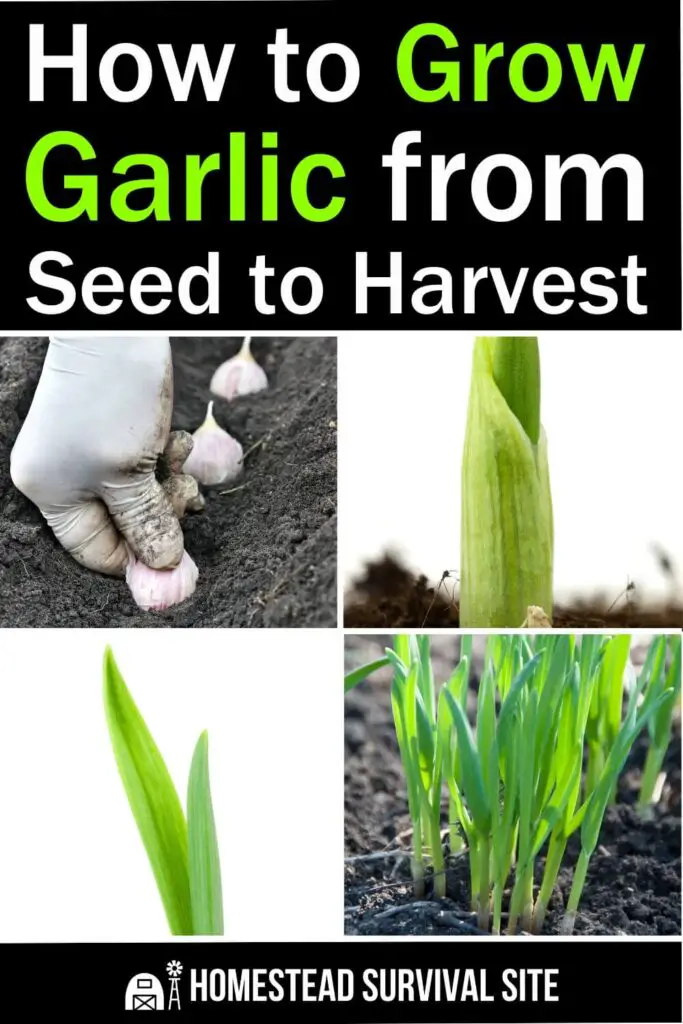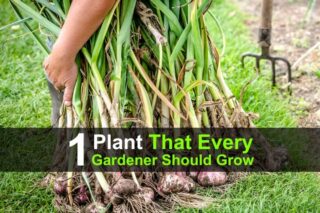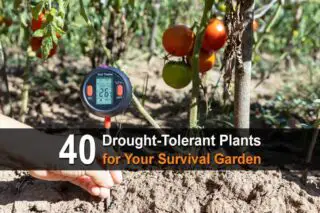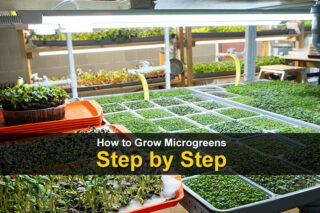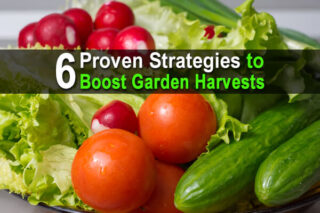Estimated reading time: 6 minutes
Did you know that garlic is one of the oldest known horticultural crops? Historians trace the use of the flavorful bulbous plant back to Ancient China, Egypt, and India.
A member of the genus Allium, which also includes onions, leeks, chives, and shallots, a garlic plant produces multiple small bulbs – called cloves – that are enclosed by a paper-like skin instead of one large bulb. Garlic also has flat leaves rather than the round leaves of an onion plant.
If you purchase your garlic at a supermarket, you may be surprised to learn that there are 10 different varieties of garlic – plus elephant garlic, which technically isn't garlic at all. The different varieties can be grouped under one of the two main categories – hardneck garlic and softneck garlic.
Want to save this post for later? Click Here to Pin It On Pinterest!
Hardneck garlic – As its name implies, hardneck garlic has a sturdy stem that grows up through the bulb's center. These varieties tend to have a bolder flavor than softneck garlic. They can withstand colder temperatures, but they usually have a shorter shelf life than other types. Three of the popular hardneck varieties are German Red, Chesnok Red, and Music.
Softneck garlic – This type of garlic is the one typically found in your supermarket's produce section. There is no central stem, and this type has a milder flavor than hardneck types. Softneck garlic, such as the California White Early and Inchelium Red varieties, are not as cold weather tolerant as hardnecks. Softneck cloves tend to be smaller but more plentiful than hardneck cloves.
This chart from Burpee gives you more information on how hardnecks and softnecks vary.
What about elephant garlic? Although elephant garlic looks like a huge head of garlic and has cloves like garlic, it is, in fact, more closely related to the leek than garlic. When cooked, elephant garlic tastes similar to an onion.
How to Plant Garlic
Garlic is easy to grow in the home garden, and fall is the ideal time to get your crop started.
Plant your garlic at the same time you plant your spring-blooming bulbs, a good four to six weeks before a hard frost or right after the first frost.
Your first step is to purchase some organic garlic heads from a trusted online site or local nursery that are intended for growing in the garden rather than cooking in the kitchen. Why? Most store-bought garlic has been sprayed to prevent sprouting.
Garlic grows best in full sun and loose, well-drained soil. You can plant them in raised beds or containers as well in your regular garden.
When you are ready to plant, gently separate the individual cloves from the head. Place the cloves pointy end up about 6 inches apart and about three to four inches deep. Space the rows six to 10 inches apart.
Water the area enough to settle the soil and then cover it with about two inches of loose mulch, such as straw, to help protect the cloves from the cold in the winter and to conserve moisture and deter weeds in the spring.
Garlic cloves will begin to develop small, shallow root systems in the fall. Once the soil freezes, however, they will become dormant until spring warmth prompts them to send up green shoots.
How to Tend Garlic
Once the green shoots appear in the spring, keep the plants moist and feed them with a balanced fertilizer mix, such as 10-10-10, once in early spring and again in mid-to-late spring. Be sure to remove any weeds that may appear near the plant and remove any emerging stems or buds (scapes) before they open.
These steps allow the plant's energy to channel into the cloves below ground. However, the scapes themselves are edible and tasty.
In mid-summer, you can discontinue watering, which will hasten the plant's foliage to yellow die back before harvest.
How to Harvest Garlic
In late summer, when the plant's foliage has fully turned brown, it is time to harvest your garlic. To make sure of your timing, carefully dig up one bulb. You should see a group of cloves filling up a papery skin. If not, wait a week or so to harvest the other bulbs.
When you're ready to harvest, gently dig up the bulbs, including their roots. Do not pull the bulbs out of the ground by their foliage.
Leaving the stems intact, brush off loose soil and then place the garlic plants in a dark, warm, well-ventilated area to cure. You can spread the plants out on a flat, dry surface or hang them by their stems. The curing process, which takes anywhere from three to six weeks, helps prevent rot.
After the curing period, you can trim off the roots and cut the stems to about an inch. Next, store your intact garlic heads in a cool, dry location, where they should keep fresh for about six months.
FAQs About Garlic
Can I plant garlic in the spring?
Yes, you can plant garlic in the spring after the threat of frost has ended. At harvest time, your bulbs will be smaller than those planted in the fall.
Will garlic impact other plants in my garden?
Avoid planting garlic close to beans, peas, asparagus, and melon as the garlic may hinder their growth. Here is more information on companion planting with garlic. However, tomatoes, sweet peppers, potatoes, eggplant, spinach, kale, broccoli, cauliflower, beets, lettuce, parsnips, and carrots can benefit from the way garlic's odor deters common pests.
Here is more information on companion planting with garlic.
Can I grow garlic indoors?
If you can provide six to eight hours of bright light, the answer is yes. Choose a container that is at least six to eight inches deep and offers good drainage. Using grow lights is an option, but garlic tends to thrive with natural light. Here's more information on growing garlic indoors.
Here are additional resources for growing garlic at home:
- The Garlic Grower's Handbook by Jeremy Wilson
- The Complete Guide to Planting, Growing, and Harvesting Garlic by Kim Pezza
- Growing and Using Garlic by Glenn Andrews
- How To Grow Garlic – Video by The Ripe Tomato Farms
Like this post? Don't Forget to Pin It On Pinterest!
You May Also Like:

